1999 Jeep Grand Cherokee Engine 4.0 L 6 Cylinder
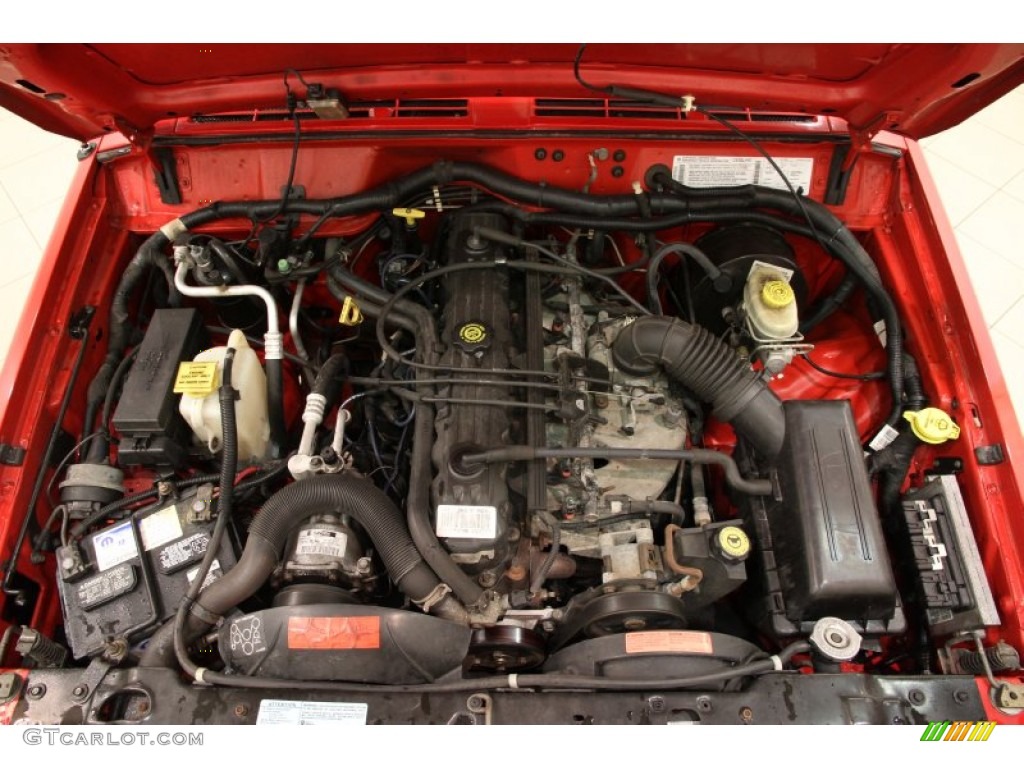
The 1999 Jeep Grand Cherokee, particularly those equipped with the 4.0-liter inline-six engine, remains a popular vehicle two decades after its initial release. Known for its durability and off-road capability, the Grand Cherokee has garnered a loyal following. However, potential buyers and current owners should be aware of specific issues associated with this model and engine configuration.
This article delves into the reliability, performance, and common problems associated with the 1999 Jeep Grand Cherokee's 4.0L engine. It aims to provide a comprehensive overview, drawing from owner experiences, expert opinions, and technical data. The information will help readers make informed decisions about purchasing or maintaining this classic SUV.
The Indomitable 4.0L Inline-Six
The 4.0-liter inline-six engine, often lauded as one of Jeep's most reliable powerplants, powered the 1999 Grand Cherokee. Its robust design and relatively simple construction contributed to its longevity. Many owners have reported exceeding 200,000 miles with proper maintenance, a testament to its inherent durability.
Peak horsepower was rated at 195, while torque reached 230 lb-ft. This provided ample power for both on-road driving and moderate off-road adventures, making the Grand Cherokee a versatile vehicle. Its smooth power delivery and predictable performance were also highly valued.
Common Issues and Concerns
Despite its reputation for reliability, the 4.0L engine in the 1999 Grand Cherokee is not without its potential problems. Some of the most frequently reported issues include: overheating, oil leaks, and sensor failures. Addressing these concerns promptly is crucial to prevent more significant damage.
Overheating can stem from a variety of sources, including a failing radiator, a worn water pump, or a clogged cooling system. Regularly checking and maintaining the cooling system is vital. A persistent overheating problem can lead to costly repairs, including head gasket failure.
Oil leaks are common in older engines, and the 4.0L is no exception. The valve cover gasket and rear main seal are typical culprits. While minor leaks may not pose an immediate threat, they should be monitored and addressed to prevent oil starvation and potential engine damage.
Sensor failures, particularly those related to the crankshaft position sensor (CPS) and oxygen sensors, can also plague the 4.0L engine. These sensors play a critical role in engine management. Malfunctioning sensors can lead to poor performance, reduced fuel economy, and difficulty starting the engine.
Another issue worth noting is the potential for exhaust manifold cracks. The factory manifold is known for being prone to cracking, leading to exhaust leaks and reduced performance. Aftermarket replacements are available, offering improved durability.
Maintenance and Longevity
Regular maintenance is key to maximizing the lifespan of the 4.0L engine. This includes adhering to the manufacturer's recommended service intervals for oil changes, filter replacements, and fluid checks. Proactive maintenance can prevent many of the common issues described earlier.
Using high-quality engine oil and filters is also crucial. Synthetic oils offer superior protection and can help extend engine life, especially in demanding conditions. Choosing the correct oil viscosity is important as well, based on the vehicle's age and operating environment.
Keeping the cooling system clean and properly maintained is vital to prevent overheating. Regular flushing of the coolant and inspection of hoses and clamps can help avoid costly repairs down the road. Addressing any leaks or corrosion promptly is essential.
The 1999 Grand Cherokee's Broader Context
Beyond the engine, the 1999 Grand Cherokee offers a blend of comfort and capability. Its solid axles and available four-wheel-drive system make it a competent off-roader. Its spacious interior and comfortable ride make it suitable for daily driving as well.
However, prospective buyers should also be aware of potential issues beyond the engine. These include: transmission problems, electrical gremlins, and rust. Thoroughly inspecting the vehicle before purchase is critical.
The National Highway Traffic Safety Administration (NHTSA) has issued recalls for the 1999 Grand Cherokee. Checking the vehicle's VIN against recall databases is a necessary step before purchasing. Addressing any outstanding recalls is essential for safety.
Furthermore, the 1999 Grand Cherokee might show its age in terms of fuel economy. Compared to modern SUVs, its fuel efficiency is relatively low. This can be a significant factor for those who prioritize fuel savings.
Conclusion: A Classic with Considerations
The 1999 Jeep Grand Cherokee with the 4.0L engine represents a blend of durability, capability, and classic Jeep character. While the engine itself is generally reliable, potential buyers and current owners should be aware of common issues and prioritize regular maintenance.
By addressing potential problems proactively and adhering to a diligent maintenance schedule, the 4.0L engine can continue to provide years of reliable service. The 1999 Grand Cherokee remains a viable option for those seeking a capable and affordable SUV.
Ultimately, a thorough inspection and understanding of the vehicle's history are crucial before making a purchase. Consulting with a qualified mechanic is also advisable to assess the overall condition of the vehicle and identify any potential issues. With proper care, the 1999 Grand Cherokee can continue to provide a rewarding ownership experience.
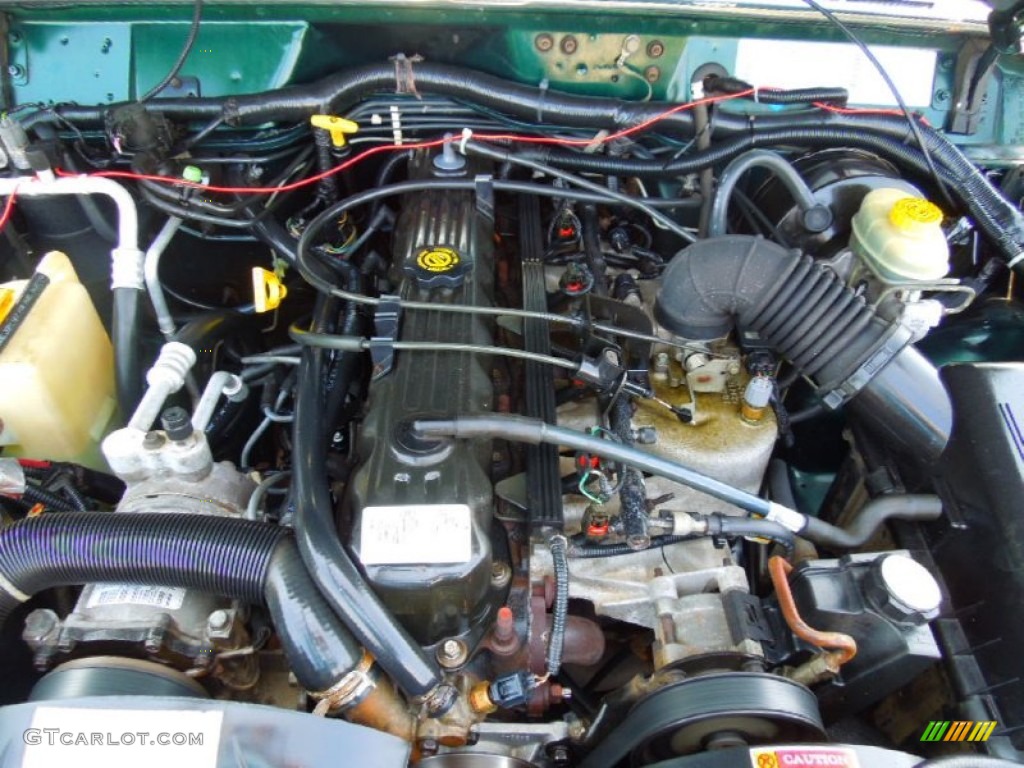




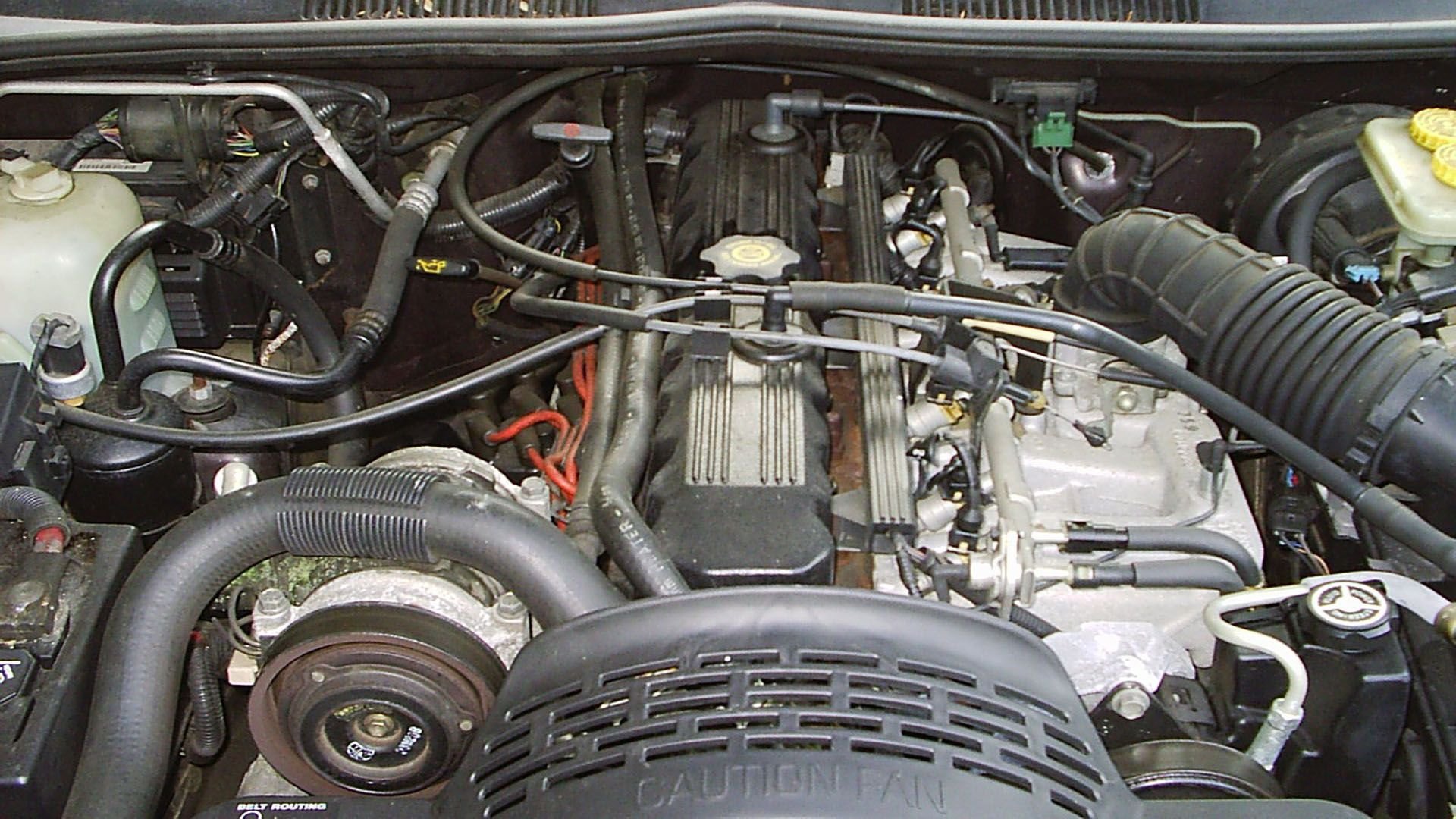

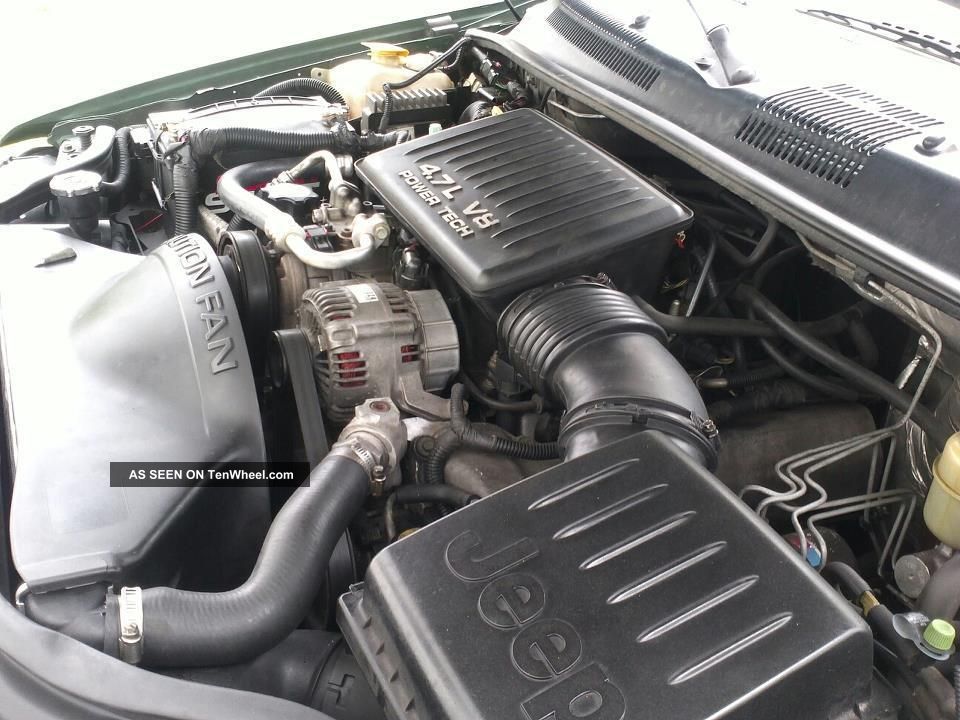
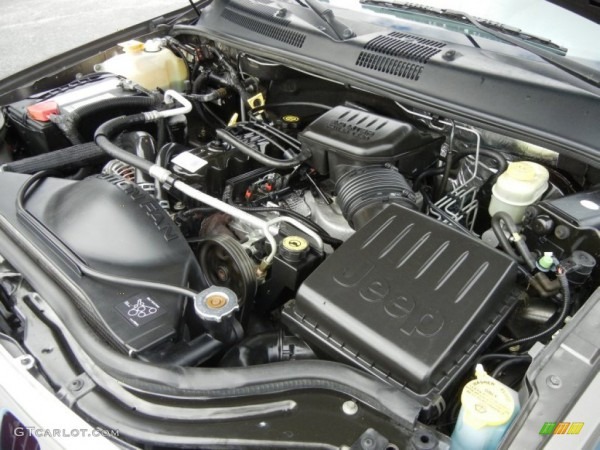
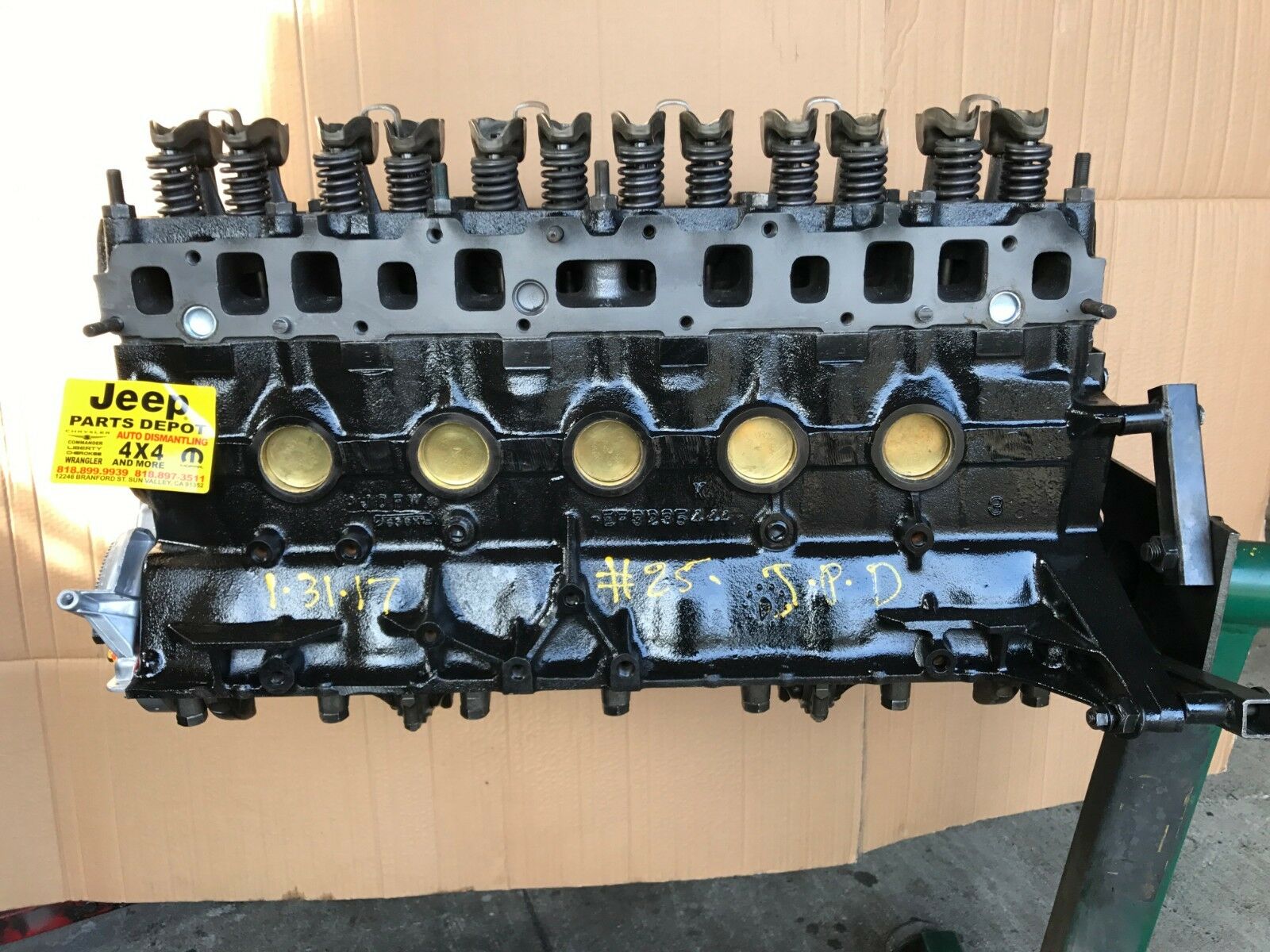
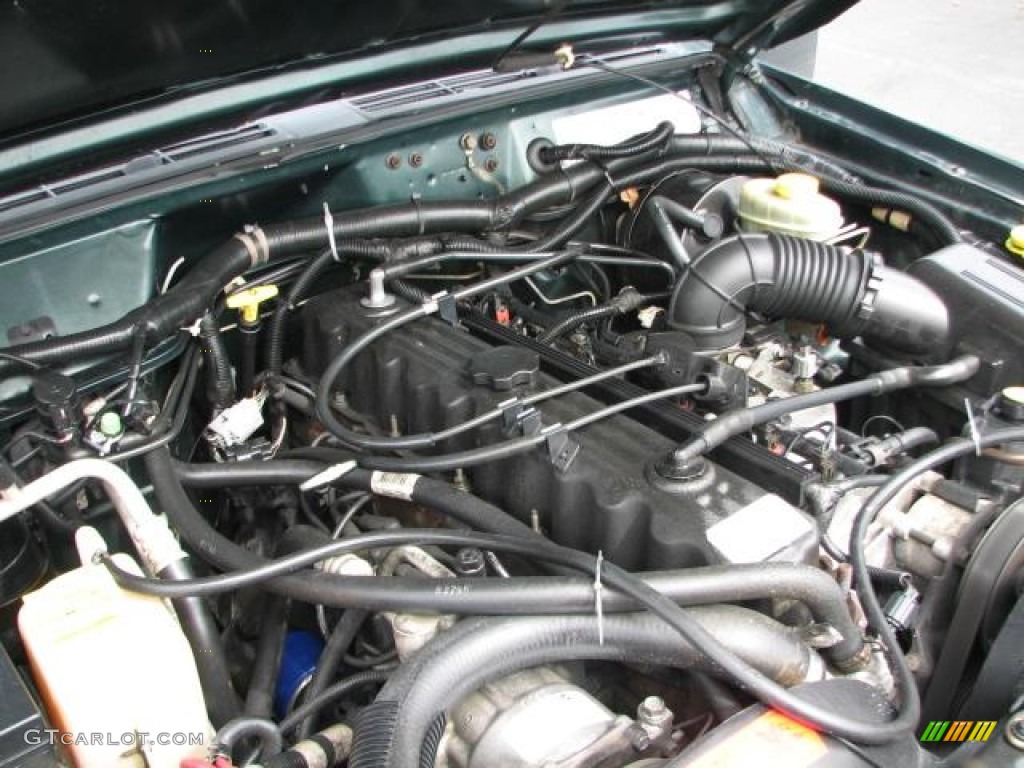

![1999 Jeep Grand Cherokee Engine 4.0 L 6 Cylinder [DIAGRAM] Jeep Grand Cherokee 4 0 Engine Diagram - MYDIAGRAM.ONLINE](http://images.gtcarlot.com/pictures/68799121.jpg)

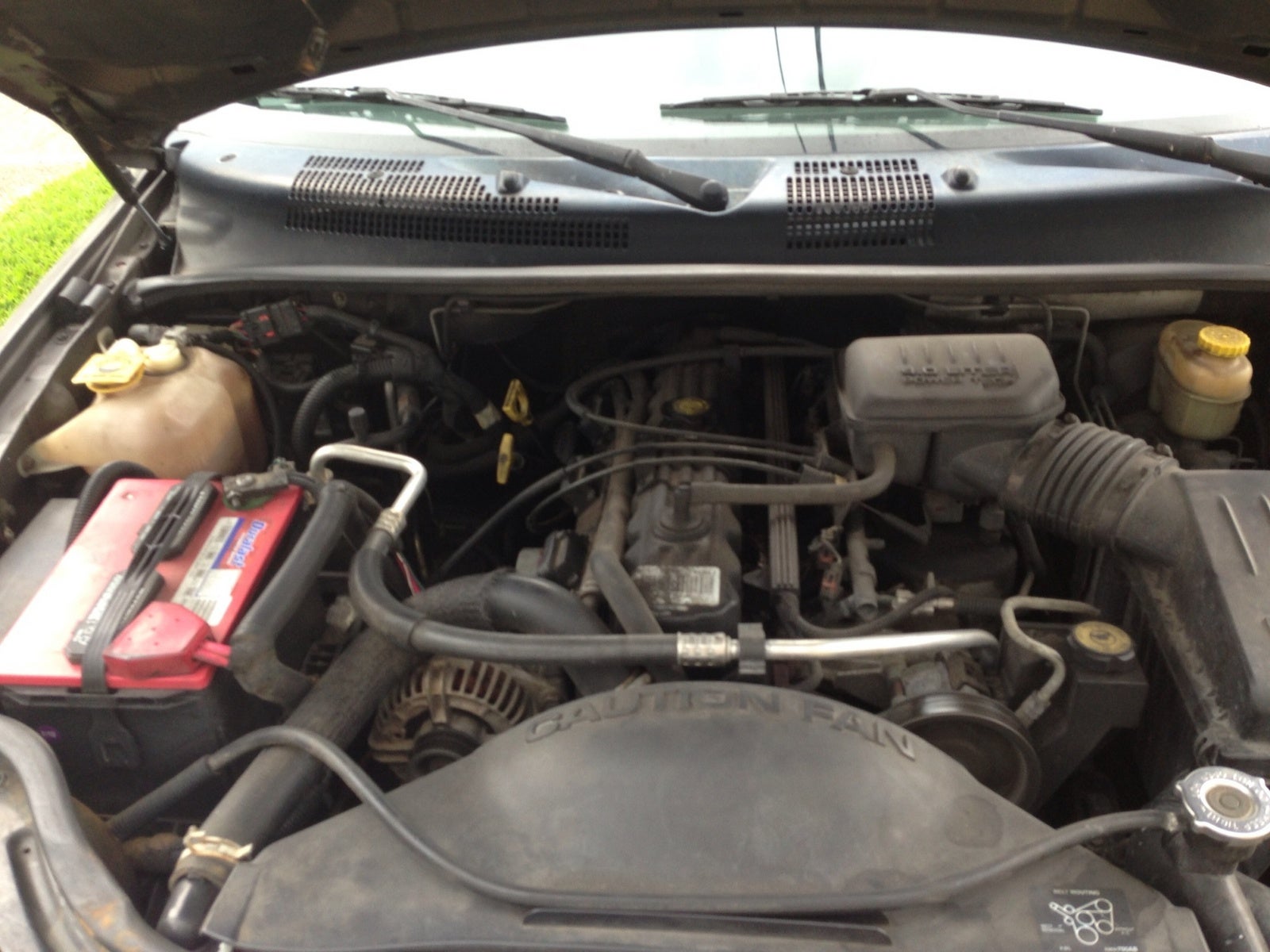

![1999 Jeep Grand Cherokee Engine 4.0 L 6 Cylinder [DIAGRAM] 1994 Jeep 40 Engine Diagram - MYDIAGRAM.ONLINE](https://www.engineworld.com/wp-content/uploads/2016/11/90-98-jeep-4.0-engine.jpg)

